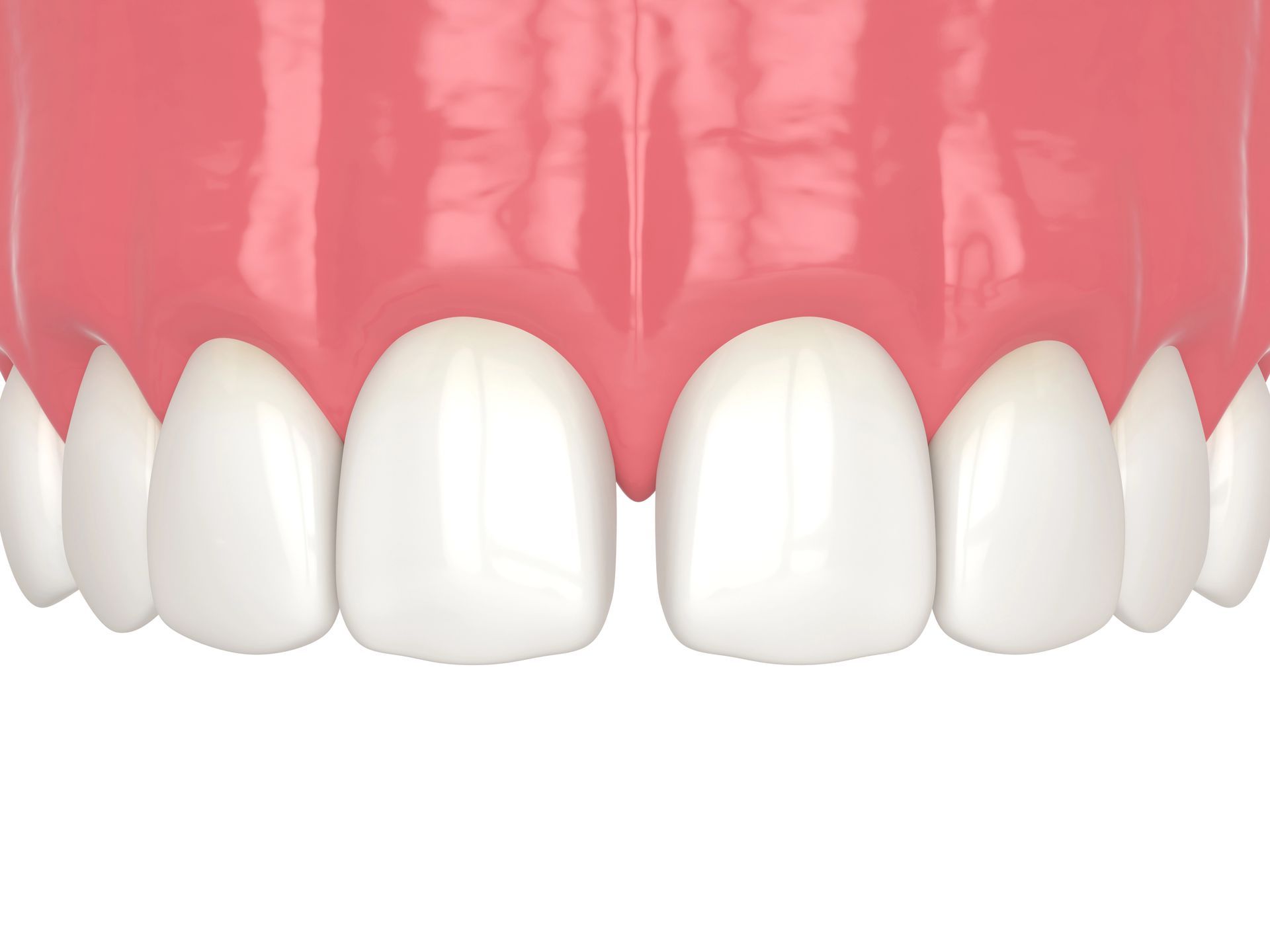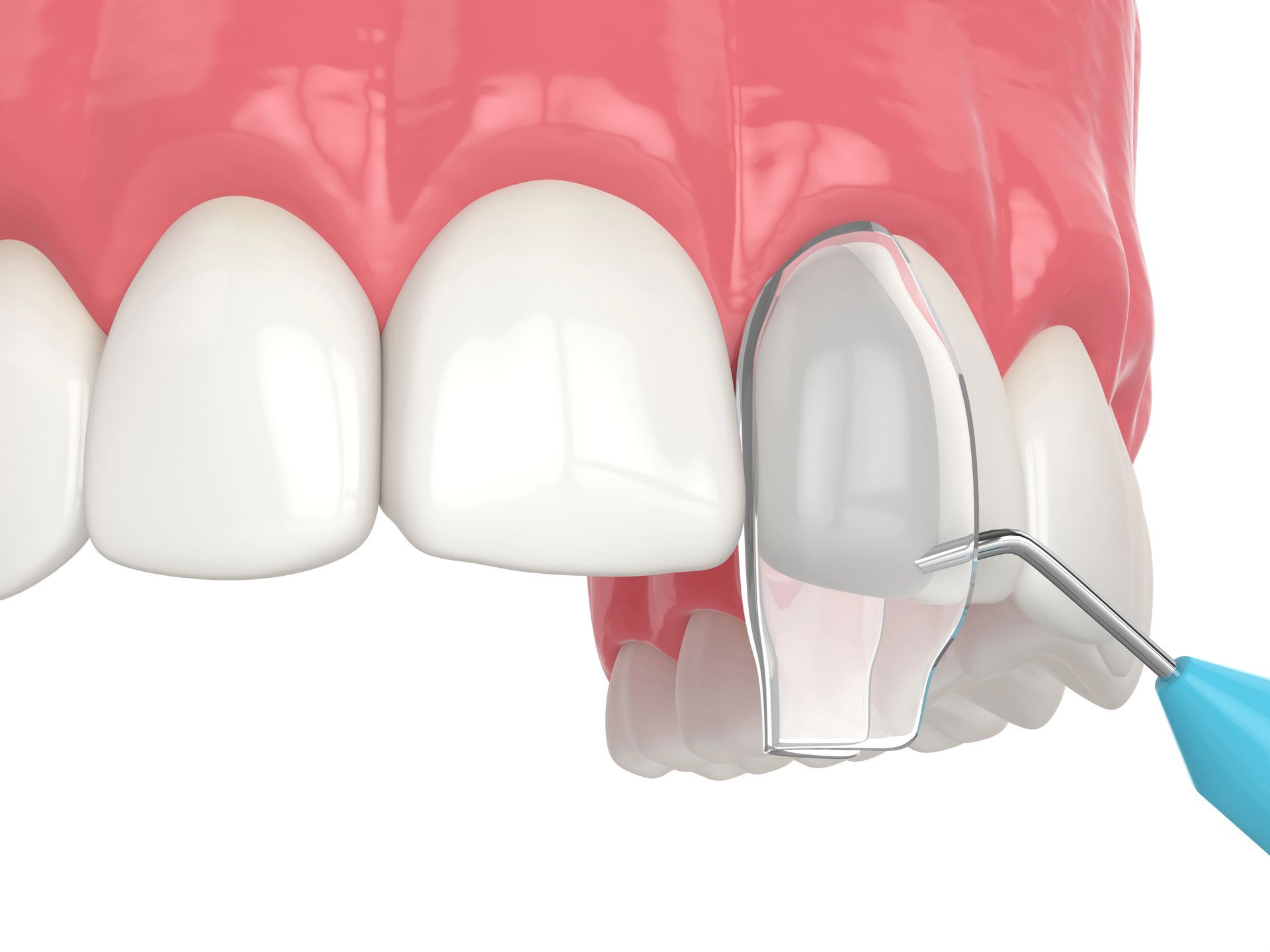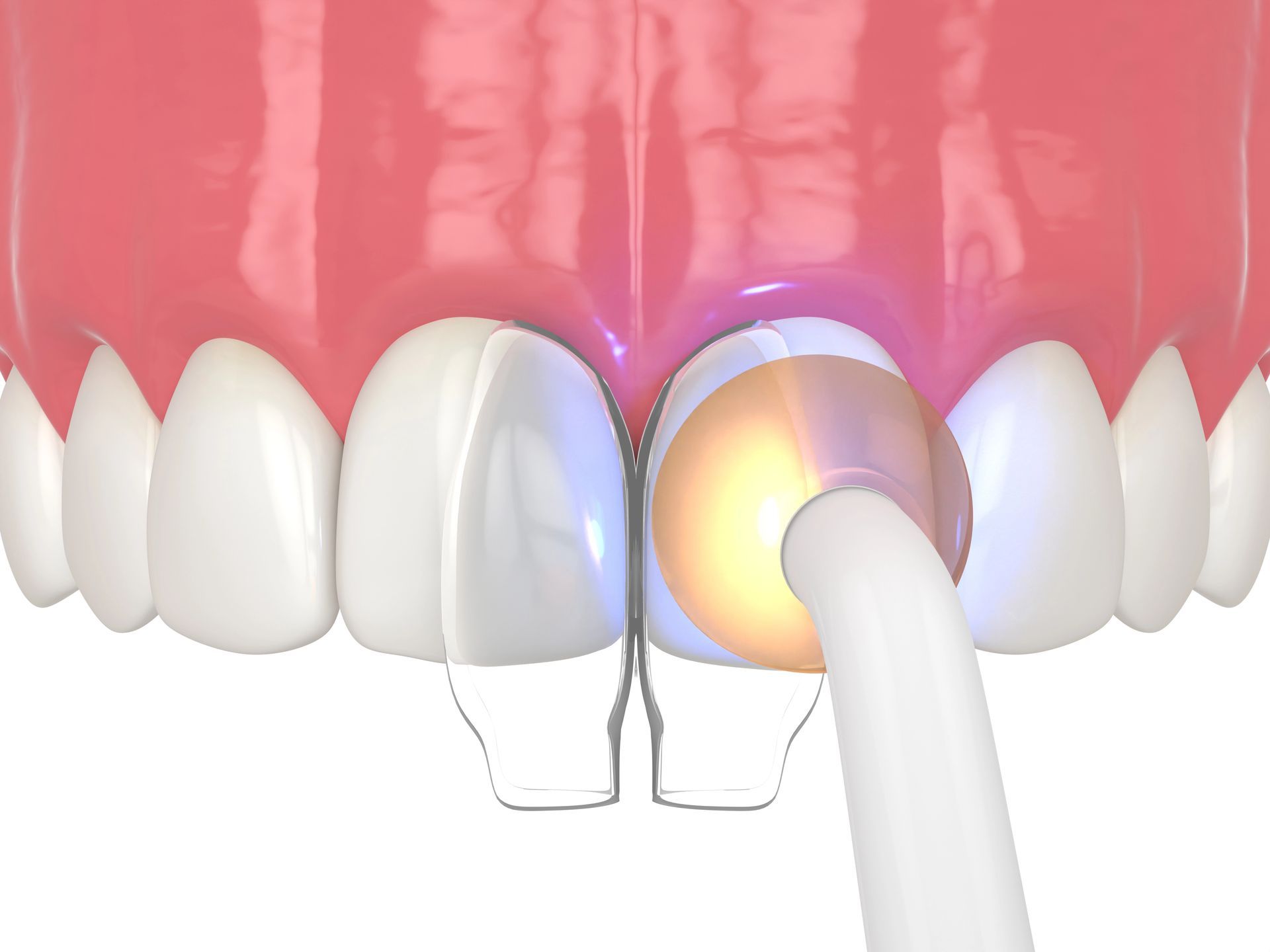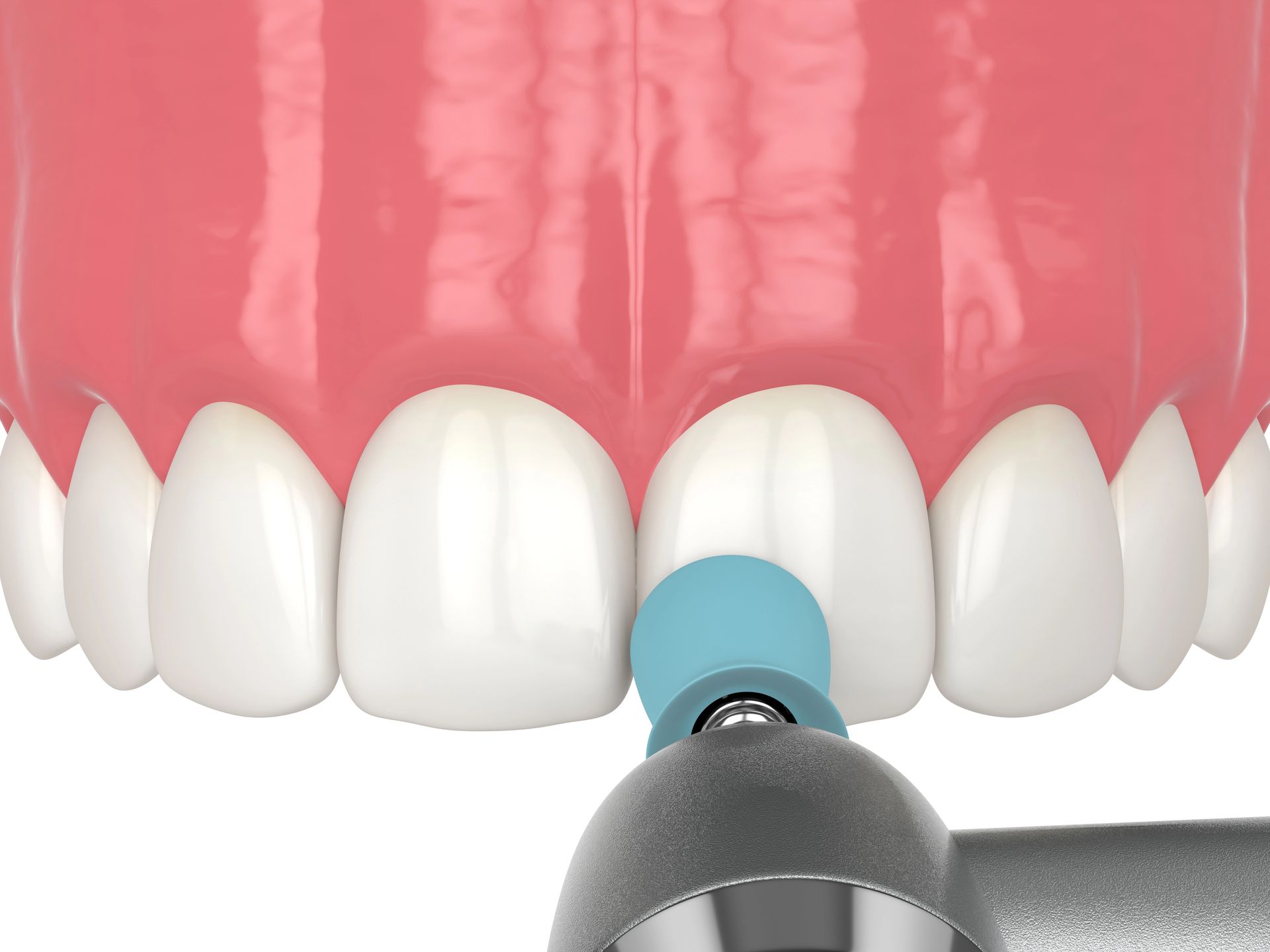

Cosmetic Bonding for Chipped Front Tooth
Understanding cosmetic bonding basics is essential for anyone considering this procedure to address a chipped front tooth. Cosmetic bonding involves applying a tooth-colored resin to the affected area, which is then shaped and polished to match the surrounding teeth. This process not only restores the appearance of the tooth but also enhances its strength and functionality. The procedure is typically quick and can be completed in a single visit, making it a convenient option for those looking to improve their smile. The materials used in cosmetic bonding for chipped front tooth are designed to blend seamlessly with natural teeth, ensuring a discreet and aesthetically pleasing result. This technique is versatile and can be used to address various dental imperfections beyond chips, such as gaps or discoloration. For more insights into the experiences of others who have undergone this procedure, you can explore [Cosmetic Tooth Bonding Reviews: Real Patient Experiences](/cosmetic-tooth-bonding-reviews/).Causes of Chipped Front Teeth
Chipped front teeth can occur due to a variety of reasons, often impacting one's smile and confidence. Common causes include accidental falls, sports injuries, or biting down on hard objects like ice or candy. Additionally, teeth grinding, also known as bruxism, can weaken the enamel over time, making teeth more susceptible to chipping. Poor dental hygiene and untreated cavities can also contribute to the weakening of tooth structure, increasing the likelihood of chips and cracks. Understanding the causes of chipped front teeth is essential for maintaining oral health and preventing further damage. Cosmetic bonding for chipped front tooth issues can be an effective solution to restore the appearance and function of your smile. For those seeking professional assistance, consider visiting Expert Tooth Bonding Columbia for more information on how cosmetic bonding can help you regain your confidence.Benefits of Cosmetic Bonding
Cosmetic bonding for chipped front tooth offers a range of benefits that can significantly enhance your smile and boost your self-esteem. This procedure is a quick and effective solution to restore the natural appearance of your teeth, providing a seamless blend with your existing tooth color and shape. The process is minimally invasive, preserving most of your natural tooth structure while delivering immediate results. Additionally, cosmetic bonding is a cost-effective option compared to other dental procedures, making it accessible for those looking to improve their dental aesthetics without extensive treatments.Cosmetic Bonding Procedure Overview
Cosmetic bonding for a chipped front tooth is a straightforward and effective procedure that can significantly enhance your smile. During the process, a tooth-colored resin is applied to the affected area, sculpted to match the natural shape of your tooth, and then hardened with a special light. This technique not only restores the appearance of your tooth but also strengthens it, providing a seamless and durable solution. The entire procedure is typically completed in one visit, making it a convenient option for those looking to quickly improve their dental aesthetics. For more information on cosmetic bonding and other dental services, visit Design Dentistry Columbia, your trusted Columbia Dentist.Longevity of Cosmetic Bonding
Cosmetic bonding for a chipped front tooth is a popular choice for many seeking to restore their smile, but understanding its longevity is crucial. Typically, cosmetic bonding can last several years, depending on factors such as oral hygiene and lifestyle habits. While it is not as durable as some other dental solutions, it offers a quick and effective way to address minor imperfections. Regular dental check-ups can help monitor the condition of the bonding, ensuring that your smile remains intact and your confidence stays high.Comparing Bonding with Other Treatments
When considering cosmetic bonding for a chipped front tooth, it's important to understand how it compares to other dental treatments. Unlike veneers or crowns, which often require more extensive preparation and alteration of the natural tooth, cosmetic bonding is a less invasive option that can quickly restore the appearance of a chipped tooth. While veneers and crowns may offer longer-lasting results, cosmetic bonding provides a more immediate and cost-effective solution for those seeking to enhance their smile without significant dental work.Common Myths About Cosmetic Bonding
Cosmetic bonding for chipped front tooth is often surrounded by misconceptions that can deter individuals from considering this effective solution. One common myth is that cosmetic bonding is a temporary fix, when in reality, it can last for several years with proper care. Another misconception is that the procedure is painful, but most patients find it to be a comfortable experience. Some believe that cosmetic bonding for chipped front tooth will not match the natural tooth color, yet advancements in dental materials allow for a seamless blend with your existing teeth. Understanding these myths can help you make informed decisions about your dental health.Aftercare for Bonded Teeth
Proper aftercare is essential to maintain the longevity and appearance of cosmetic bonding for a chipped front tooth. It's important to be mindful of habits that could affect the bonded area, as this can help preserve the natural look and function of your smile. Regular dental check-ups and maintaining good oral hygiene are crucial in ensuring that the cosmetic bonding remains intact and continues to enhance your confidence.Psychological Impact of Dental Appearance
The appearance of one's teeth can significantly influence self-esteem and social interactions, making dental aesthetics a crucial aspect of personal confidence. A chipped front tooth can lead to feelings of embarrassment or self-consciousness, affecting how individuals perceive themselves and how they are perceived by others. Cosmetic bonding for chipped front tooth issues can play a vital role in restoring not just the physical appearance but also the emotional well-being of those affected, helping them regain their confidence and improve their overall quality of life.Conclusion
Cosmetic bonding for chipped front tooth can help restore your confidence; call 803-573-4577 or read reviews on Google Maps to learn more.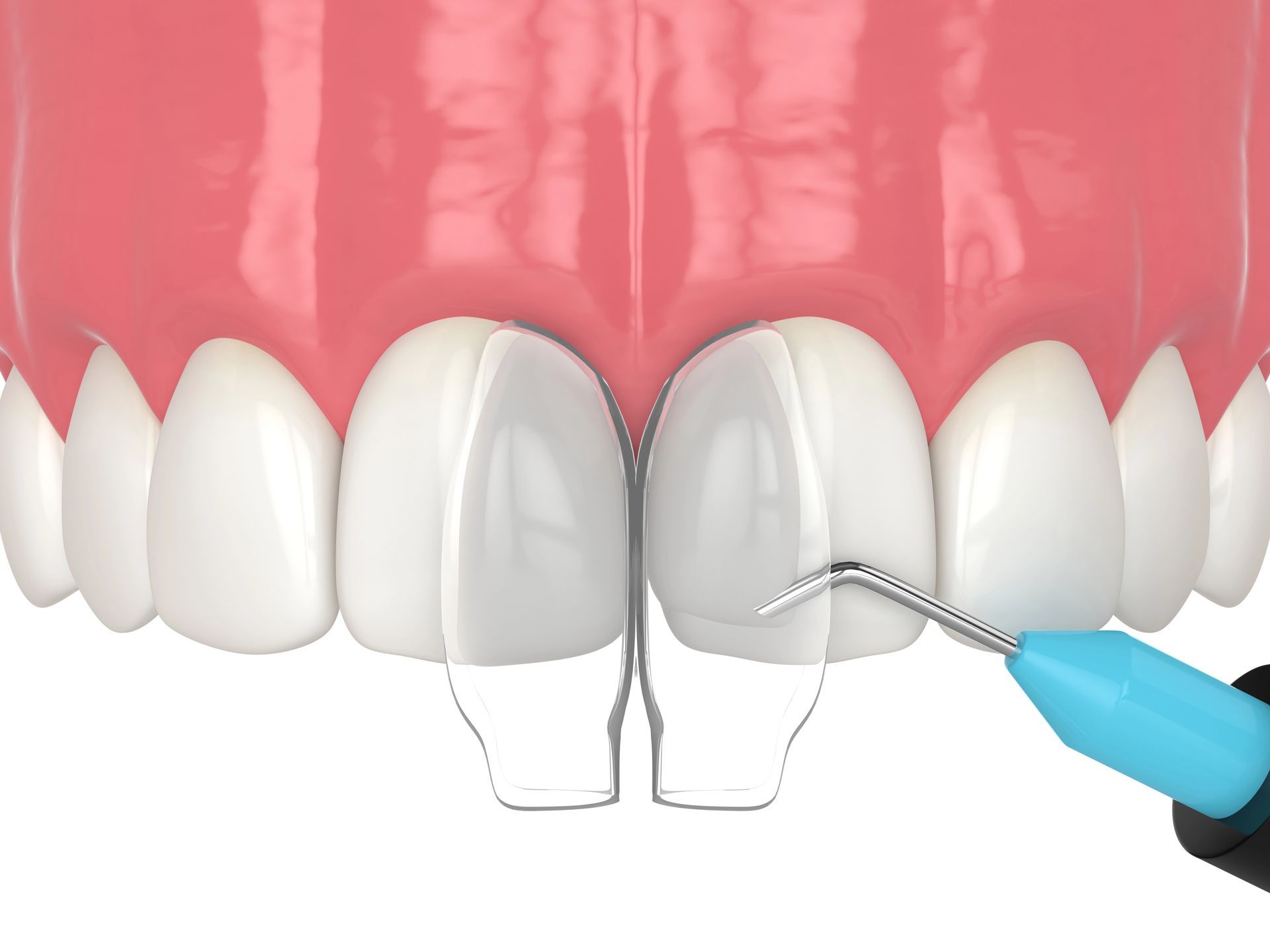
Cosmetic Tooth Bonding for Gaps
Closing tooth gaps can significantly enhance the overall appearance of your smile, boosting confidence and self-esteem. Cosmetic tooth bonding for gaps is a straightforward procedure that can create a more uniform and aesthetically pleasing dental appearance. By filling in the spaces between teeth, this method helps achieve a seamless look, making your smile appear more harmonious and attractive. Additionally, addressing tooth gaps can contribute to better oral health. Gaps can sometimes lead to food particles getting trapped, which may increase the risk of plaque buildup and gum issues. By opting for cosmetic tooth bonding for gaps, individuals can potentially reduce these risks while enjoying the benefits of a more aligned smile. For those interested in learning more about this procedure, visit our page on Cosmetic Tooth Bonding Columbia .The Bonding Procedure Explained
Cosmetic tooth bonding is a straightforward procedure designed to enhance the appearance of your smile by addressing gaps between teeth. During the process, a dentist applies a tooth-colored resin to the affected area, which is then molded and shaped to achieve the desired look. The resin is hardened using a special light, effectively bonding it to the tooth's surface. This technique allows for a seamless integration with your natural teeth, resulting in a more uniform and aesthetically pleasing smile. The entire procedure is typically completed in one visit, making it a convenient option for those seeking quick improvements.Comparing Bonding to Other Methods
When considering cosmetic tooth bonding for gaps, it's essential to understand how it compares to other dental procedures. Unlike veneers, which require more extensive preparation and are often more costly, bonding is a straightforward process that can be completed in a single visit. Orthodontic treatments like braces or aligners may take months or even years to close gaps, whereas bonding offers immediate results. Additionally, while crowns cover the entire tooth, bonding focuses on specific areas, making it a less invasive option. For those exploring options in the area, Design Dentistry Columbia provides insights into various dental solutions, and you can learn more by visiting your local Columbia Dentist .Ideal Candidates for Tooth Bonding
Cosmetic tooth bonding for gaps is an excellent option for individuals looking to enhance their smile by closing small spaces between teeth. Ideal candidates are those with minor gaps or chips in their teeth who desire a quick and non-invasive solution. This procedure is suitable for people who have healthy teeth and gums but wish to improve the aesthetic appearance of their smile without undergoing extensive dental work.Longevity of Bonded Teeth
Cosmetic tooth bonding for gaps is a popular choice for enhancing smiles, but many wonder about the longevity of bonded teeth. Generally, bonded teeth can last several years with proper care, although the exact duration can vary based on individual habits and oral hygiene. While cosmetic tooth bonding for gaps provides an immediate aesthetic improvement, it's important to be mindful of factors that may affect its durability, such as dietary choices and oral health practices. Regular dental check-ups can help maintain the appearance and function of bonded teeth over time.Maintaining Your Bonded Smile
After undergoing cosmetic tooth bonding for gaps, it's important to focus on maintaining the appearance and longevity of your enhanced smile. This procedure can significantly improve the aesthetics of your teeth, but keeping your bonded smile in optimal condition requires attention to daily habits and lifestyle choices. Regular dental check-ups and mindful oral hygiene practices play a crucial role in preserving the results of cosmetic tooth bonding for gaps, ensuring that your smile remains as captivating as the day it was transformed.Common Myths About Tooth Bonding
Cosmetic tooth bonding for gaps is often surrounded by misconceptions that can deter individuals from considering this effective dental solution. One common myth is that tooth bonding is a temporary fix, when in reality, it can last for several years with proper care. Another misconception is that the bonding material will not match the natural teeth, but advancements in dental technology have made it possible to achieve a seamless blend. Some people also believe that cosmetic tooth bonding for gaps is a painful procedure, yet it is typically painless and minimally invasive. Understanding these myths can help individuals make informed decisions about enhancing their smiles.The Science Behind Tooth Bonding
Cosmetic tooth bonding for gaps involves a straightforward process where a tooth-colored resin is applied to the teeth to close spaces and enhance the overall appearance of the smile. This resin is carefully molded and shaped to match the natural contours of the teeth, then hardened using a special light that bonds the material securely to the tooth surface. The result is a seamless integration that not only improves aesthetics but also maintains the structural integrity of the teeth, making cosmetic tooth bonding for gaps an effective solution for those seeking a more uniform smile.Conclusion
Cosmetic tooth bonding for gaps can transform your smile effortlessly; call 803-258-6084 or check out our reviews on Google Maps .Tooth fillings are materials used by dentists to repair cavities and restore decayed teeth. They help maintain tooth structure and function by filling in where the decay has caused damage.
The History of Tooth Fillings
The concept of dental fillings dates back several millennia, with evidence suggesting that ancient civilizations had their own methods to treat tooth decay. Historical records from as early as 7000 BC in the Indus Valley Civilization indicate the use of beeswax as a filling material. Over the centuries, the evolution of dental fillings has mirrored advancements in medical knowledge and materials science. By the 1800s, amalgam fillings, made from a mixture of metals, became popular due to their durability and ease of use, marking a significant development in dental care practices.
In modern times, the materials and techniques used for dental fillings have continued to evolve, offering better aesthetics and functionality. The history of dental fillings reflects not only technological progress but also a growing understanding of oral health. For more detailed information on the advancements in materials used for dental fillings, you might want to explore different types of dental fillings.
What are Tooth Fillings?
Tooth fillings are a common dental procedure used to restore the integrity and function of a tooth damaged by decay or trauma. The choice of filling material can depend on various factors including the location of the tooth, the extent of the repair needed, and aesthetic considerations. There are several types of materials used for tooth fillings, each with its own properties.
Among the most commonly used tooth filling materials are amalgam, which is durable and strong, making it suitable for filling cavities in the back teeth where chewing forces are greatest. Composite resins are another option, favored for their ability to match the color of the patient's existing teeth, thus providing a more natural appearance. Other materials include ceramics and glass ionomer, each offering unique benefits in terms of aesthetics and compatibility with the natural tooth structure. For more detailed information on these services, visit our Tooth Fillings Services in Columbia.
Reasons for Needing Tooth Fillings
Tooth fillings are commonly used to restore the integrity and function of teeth that have been compromised due to various reasons. One of the primary reasons for needing a tooth filling is tooth decay, which occurs when bacteria in the mouth produce acids that erode the tooth enamel. Additionally, fillings may be necessary to repair teeth that have fractured or chipped due to accidents or from biting on hard objects. Another reason for a filling could be to address wear and tear on teeth surfaces, which often happens over time due to habits like teeth grinding. Fillings help in maintaining dental health by restoring the affected tooth and preventing further decay or damage.
The Process of Getting Fillings
When considering what are tooth fillings, it's essential to understand the typical process involved in getting them. Initially, the dentist will assess the extent of tooth decay or damage. If a filling is deemed necessary, the affected area will be numbed to ensure comfort during the procedure. The dentist then removes the decayed material, cleans the cavity, and fills it with a suitable material to restore the tooth's structure and function. The entire process is straightforward and aims to improve dental health and prevent further decay. For those in Columbia looking for more information, Design Dentistry Columbia is a resource you might consider visiting. Learn more from this Columbia Dentist.
How Long Do Fillings Last?
When discussing what are tooth fillings, it's important to consider their longevity. Generally, the lifespan of dental fillings can vary depending on the material used and how well they are maintained. Amalgam fillings, commonly used for their durability, can last between 10 to 15 years, while composite resin fillings might need replacement every 5 to 7 years. Factors such as oral hygiene practices, the location of the filling, and the amount of wear and tear also significantly influence their durability. Regular dental check-ups are crucial to monitor the condition of fillings and to ensure they continue to function effectively.
Common Myths About Tooth Fillings
When discussing what are tooth fillings, it's crucial to address some of the common myths that often mislead patients. Many believe that fillings are extremely painful and require extensive recovery time, which is not typically the case with modern dentistry techniques. Another popular misconception is that all fillings eventually lead to more severe dental issues, such as root canals. However, fillings are actually a preventative measure to avoid further decay and more complex procedures. Understanding the truth behind these myths can help individuals make informed decisions about their dental health.
Impact of Fillings on Oral Health
When considering the question, "What are tooth fillings?" it's essential to understand their significant role in maintaining oral health. Tooth fillings, commonly used to restore decayed teeth, help prevent further decay by sealing off spaces where bacteria can enter. Not only do they help in alleviating pain, but they also restore normal function and appearance to the tooth. Moreover, the right type of filling can prevent the progression of decay and minimize the risk of more severe dental issues in the future, thereby promoting overall oral health and hygiene.
Signs You Might Need a Filling
If you're wondering what are tooth fillings, it's important to recognize when you might need one. Common signs include persistent tooth pain, sensitivity to hot or cold temperatures, visible holes or pits in your teeth, and dark spots on the tooth surface. Additionally, if you experience discomfort when biting down or notice an unusual taste in your mouth, these could also indicate the need for a filling. Regular dental check-ups can help detect these issues early, ensuring that your teeth remain healthy and intact.
Fillings and Sensitivity Post-Procedure
After receiving a tooth filling, it's common to experience some sensitivity and discomfort, which naturally leads patients to wonder, "What are tooth fillings?" essentially designed to restore decayed or damaged teeth. Post-procedure sensitivity can occur due to the tooth's response to the trauma of drilling and the introduction of a new material into the structure. This sensitivity should gradually subside over a few days to a couple of weeks. However, if the discomfort persists or worsens, it's crucial to consult your dentist to ensure the filling is properly set and there are no other underlying issues.
Conclusion
For more insights on what are tooth fillings, feel free to read reviews on Google Maps. If you have further questions, call us at 803-573-4577.

